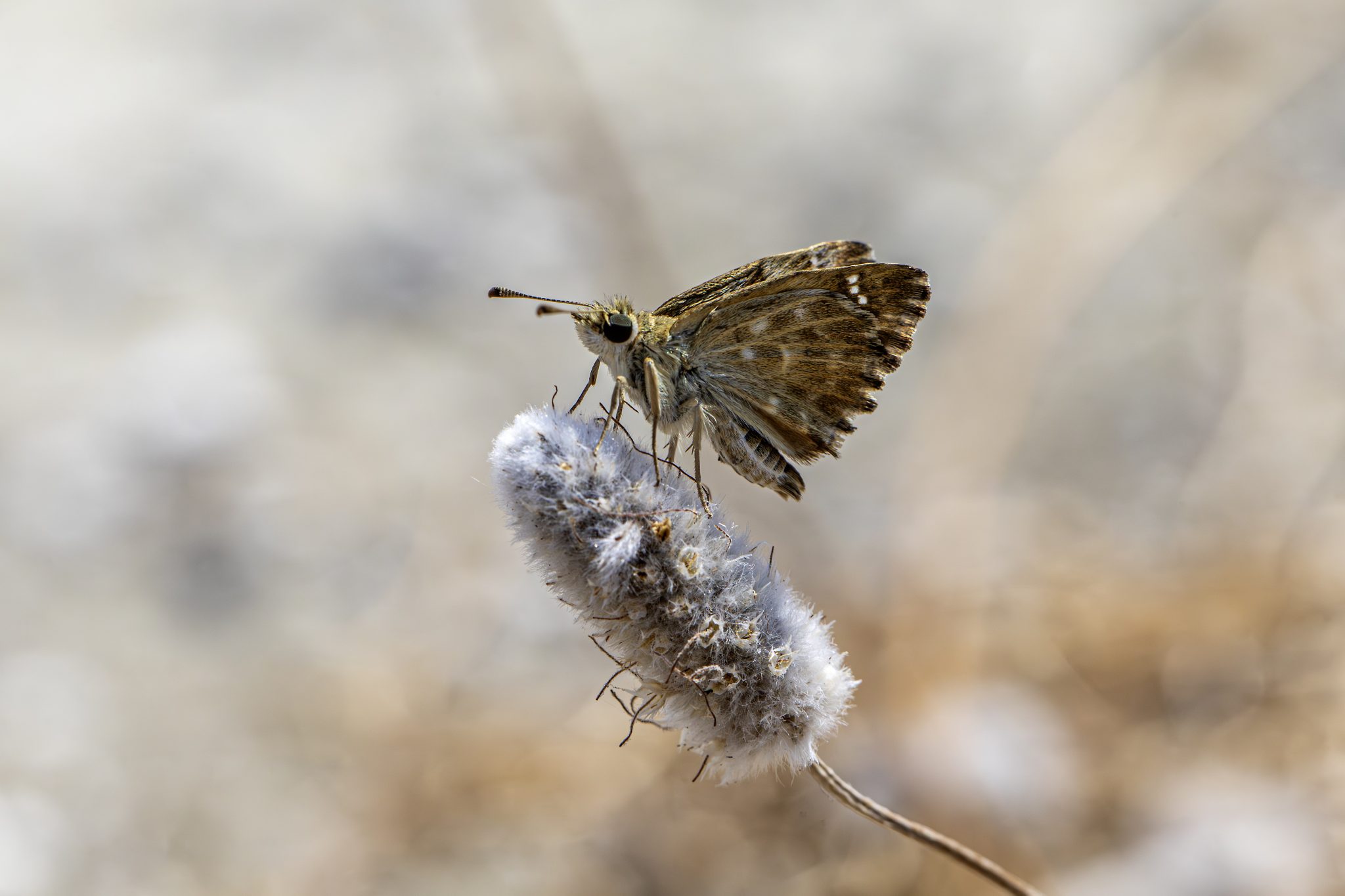Here’s a detailed profile of the Mallow Skipper (Carcharodus alceae), a small, fast-flying butterfly often found in sunny, open habitats.
🦋 Mallow Skipper Overview
- Scientific name: Carcharodus alceae
- Common name: Mallow Skipper
- Family: Hesperiidae (skippers)
- Wingspan: 24–32 mm
- Flight style: Low, fast, and jerky — typical of skippers
🌍 Distribution and Habitat
- Range:
- Found across southern and central Europe, North Africa, the Middle East, and into central Asia.
- Reaches as far north as central France, Germany, and Poland, though patchier there.
- Habitat:
- Prefers sunny, dry, and open places:
- Meadows, pastures, field margins, roadsides, fallow land, and dry slopes
- Usually in lowland and warm foothill areas, up to ~1,500 m altitude.
- Prefers sunny, dry, and open places:
🌿 Larval Food Plants
Caterpillars feed mainly on mallows (Malva spp.), including:
- Common mallow (Malva sylvestris)
- Dwarf mallow (Malva neglecta)
- Other related Malvaceae plants
Eggs are laid singly on the leaves of host plants.
🐛 Life Cycle
- Generations:
- Typically two to three generations per year (April–October), depending on climate.
- In cooler areas: one generation from late spring to early summer.
- In warmer areas: continuous broods possible.
- Larvae:
- Greenish or brownish with fine hairs.
- Feed from a shelter made by folding or rolling a leaf and fastening it with silk.
- Overwintering stage:
- Usually as a pupa within the leaf litter or in a silken cocoon.
🔍 Identification
- Upperside:
- Brown to gray-brown with a mottled appearance.
- Pale spots irregularly arranged on both forewings and hindwings.
- Underside:
- Greenish-brown or olive-gray with lighter blotches and faint cross-lines.
- Hindwing underside pattern is useful for distinguishing from other skippers.
- Comparison:
- Similar to the Tufted Marbled Skipper (Carcharodus flocciferus) but generally has a warmer tone and slightly different spot arrangement.
⚠ Conservation Status
- IUCN Red List: Least Concern
- Still common in many parts of its range, but local declines due to:
- Agricultural intensification reducing wildflower and mallow abundance
- Herbicide use along field edges and roadsides
- Loss of open, sunny grasslands
🔎 Interesting Facts
- One of the earliest skippers to appear in spring in warmer areas.
- Often perches on low vegetation or bare ground, basking with wings spread flat.
- The caterpillar’s leaf-folding behavior offers both camouflage and protection from predators.
Visited 40 times, 2 visit(s) today
Views: 3991
Subscribe to the newsletter:
